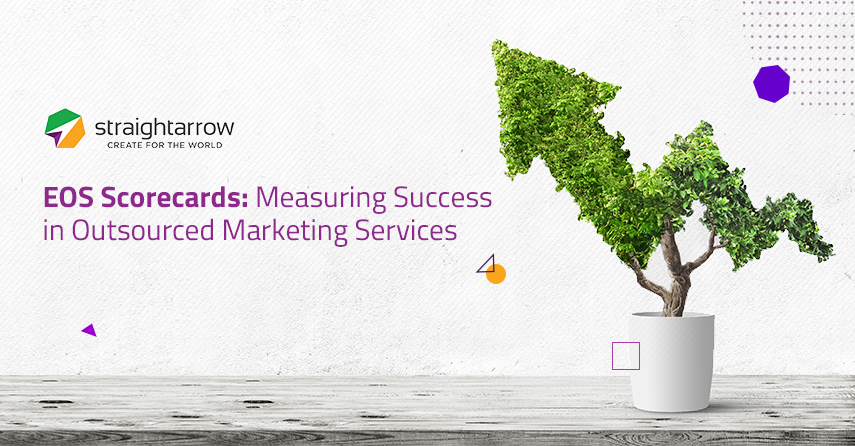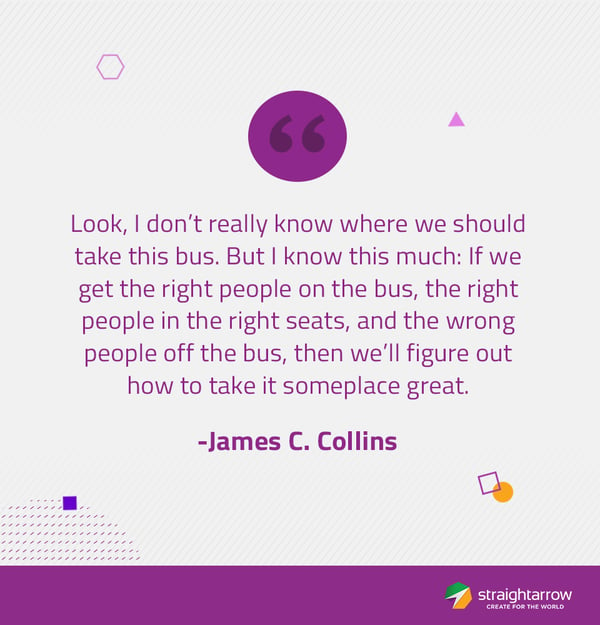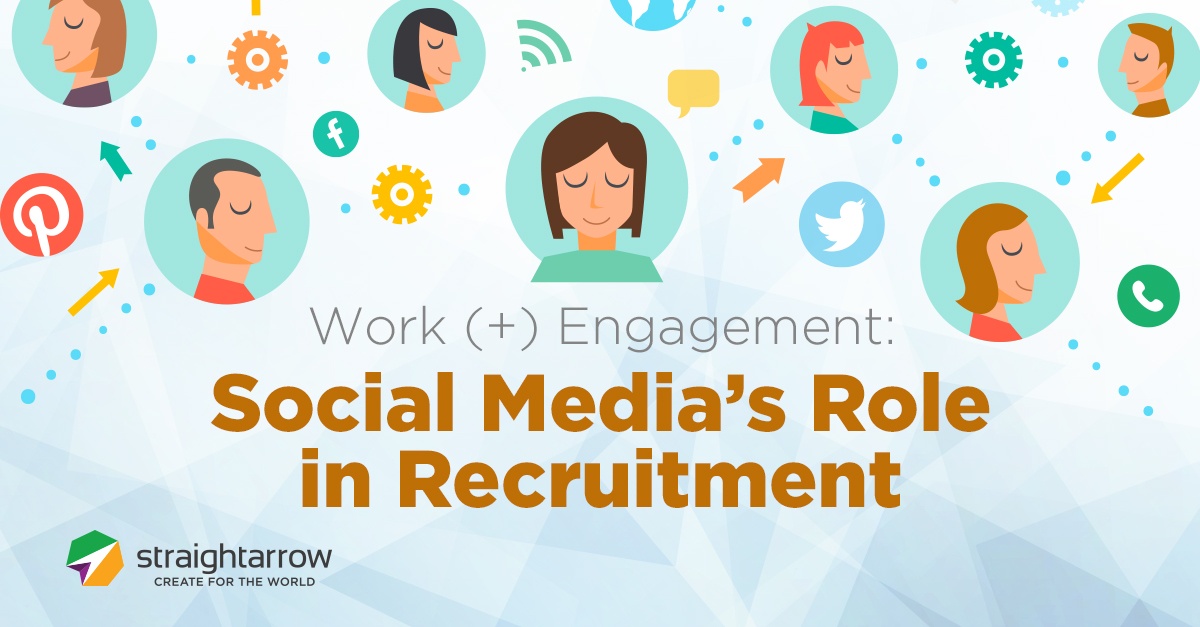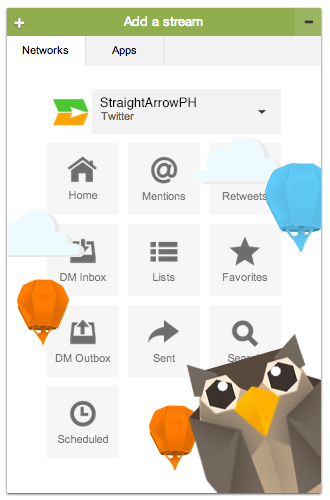How To Measure Success In Outsourced Marketing Services

When we rate or score, what we’re doing is measuring the level of success. It all boils down to how well a job gets done so that the effort spent is reflected: How does a student make sure that they graduate on time with their class? How do you know if your business is doing well?
For creative agencies that outsource their marketing services, the questions become:
- How can digital marketing teams deliver quality output in a consistent and timely fashion?
- How do they meet their clients’ needs?
The answer can be as simple as scorecards.
What are scorecards? How can they help?
Scorecards aren’t a new concept; we use them all the time. Think of it as a report card that a student receives at the end of a year. This shows how well they did or how much more they need to improve.
Did they do well enough to earn a restful summer break? Or did they miss the mark and now need to take remedial classes to catch up?
But imagine if the year-end results were the only time success was measured. How accurate would the picture of their progress be, and does it gauge how much improvement happened in learning and knowledge? Basing a student's score at the end of the year might be too late when there is enough time to improve.
To get an excellent final grade, it’s essential to have several points of evaluation throughout the year. Quizzes serve as weekly evaluations on specific topics. Tests simulate monthly reports on how well you’re doing across different topics. Final exams equate to quarterly reviews that let you better visualize how close or far you are to your target.
With several milestones for review, it becomes possible to identify strengths and problem areas to assess better where it’s necessary to focus attention, energy and time. This also teaches consistency and scalability, which then helps build confidence and accountability for the work delivered.
Operational Efficiency and Fulfilling Your Agency’s Client Needs
When measuring the success of marketing teams and digital marketing campaigns, scorecards for marketing goals and quality assurance (QA) serve as business management tools that help translate client goals and targets into actionable plans.
- What jobs do clients need to get done? (Client Goals)
- How are you tracking and measuring success? (Turnaround Times, QA)
- How can scorecards aid process improvement and allow room to innovate for better solutions?
Tying this back to our earlier discussion about students and their year-end grades: it’s important to remember that to achieve operational efficiency, success shouldn't only be measured after the output is delivered.
Take a step back, and look at all the moving parts in the process.
Setting up scorecards to address consistency (operational efficiency) and scalability (growth opportunities) not only creates a single definition of what success means for your efforts but also breaks down how to get there and opens up avenues to smoke out issues and refine processes.
This helps you stay on top of things and equips your team with the tools, space, and energy to solve problems, innovate, and deliver results geared to fulfilling your clients' needs.
Real. Simple. Results.
At StraightArrow, our scorecards are based on the Entrepreneurial Operating System (EOS), which breaks down the different aspects of a business into Six Key Components:
- Vision. Where your organization is going and the roadmap to get there.
- People. Great individuals that you surround yourself with to achieve your vision.
- Data. Accurate figures and numbers give you and your team an idea of where things are and what to consider when making decisions.
- Issues. Identifying, acknowledging and ultimately solving problems throughout your organization.
- Process. Essential steps that are documented and followed by everyone in your organization to create consistency and scalability.
- Traction. Discipline and accountability make it possible for you to execute your vision to make it concrete and tangible.
These components, combined with practical tools such as the different EOS scorecards, help entrepreneurs get what they want from their businesses.
Earlier this month, StraightArrow Corporation’s leadership team joined entrepreneurs from all over Manila to attend “Get a Grip on Your Business; Real. Simple. Results”, a learning session led by EOS Visionary Mike Paton.
Hosted by the Philippine Chapter of Entrepreneurs' Organization (EO) and held at Bonifacio Global City’s Grand Hyatt Manila Ballroom, #GetAGrip introduced the EOS framework and how it can be applied to small and medium-sized organizations whose goal is to grow their operations.
As familiar as we are with EOS, attending the workshop yielded valuable insights, as this was an opportunity to hear out questions from other entrepreneurs who wanted a better picture of EOS in action:
Can meetings be productive and still end on time?
Yes. You just have to set the proper meeting pulse and ensure everyone is on the same page when tackling the agenda. That way, everyone comes away from the meeting with actionable to-dos.
What about issues and how they never go away?
Issues get a bad rap because we’re primarily geared to view them in the negative. EOS defines issues as problems you need to solve, ideas you want to discuss, and items you foresee impacting your business.
When you approach issues this way and lay them out as to-dos that someone is accountable for, it becomes possible to take them, solve them, and use Mike’s words to make them disappear forever.
The afternoon learning session dove deeper into each component and how these address the unique challenges and needs of owning, running and leading organizations.
After a quick survey, Mike asked the audience to rank each of the Six in terms of priority, and the top two concerns raised were People and Process.
Putting the Right People in the Right Seat on the Bus (or Business)
Scorecards start and end with numbers. You need Data—accurate figures that will help you make significant decisions when dealing with your people.
A common issue that keeps leaders up at night is dealing with employees who are great at delivering results but struggle when fitting in with the culture that defines your organization.
Company culture is about the right fit: Does this team member understand your Vision?
Are they on the same page on what to do, how to do it, and where your business wants to go?
In his book, Good to Great, author and consultant Jim Collins uses the metaphor of a bus to describe a business, with the leader in the bus driver’s seat.
EOS uses this metaphor in a scorecard called RPRS—Right Person, Right Seat.

Here’s how RPRS works:
(1) define who the right people are for your company
(2) clarify the scope of the role or seat they occupy in your business and whether they Get It, Want It, and have the Capacity for It.
The first considers the values these people have and whether these align with the values of your business.
For instance, StraightArrow’s Core Values are:
- We are a team of great people. We over-deliver & exceed expectations.
- We innovate to create value & evolve to be better.
- We do the right thing. We stand for honesty & integrity.
- We are passionate about who we are, focused on our markets, & committed to excelling.
The second part asks whether the person you’re hiring gets it, wants it, and can deliver the requirements of their seat.
As a service provider specializing in outsourced digital marketing services, every StraightArrow team member must understand how our core values translate into the work that we do:
Our definition of great people aligns with delivering services that exceed our clients’ expectations. When we innovate to create value, we cut through the noise of an otherwise crowded marketplace of solutions and challenge ourselves to find better and more helpful ways to get our clients’ jobs done.
We do the right thing by providing the right strategies for our clients’ businesses and delivering output that champions best practices from our specialized fields while yielding results. And when we talk about being passionate, we do so by keeping at the top of our creative and marketing game.
By understanding our values as a company and translating them into how we approach our clients and their business, the RPRS scorecard makes it easier to gather the data needed to measure whether our team members are in the best position to succeed and allows us to keep ourselves accountable.
Key Takeaways from the Leadership Team
At StraightArrow, applying the EOS framework means actively seeking insights that impact our day-to-day operations as a creative process outsourcing (CPO) provider.
Apple Hermino, Head of Creative Design, shared that what she appreciates the most about EOS is the complementary nature of the framework:
“Traction gets your Vision off the ground. Issues, People, Processes and Data go hand in hand to make that happen.”
For Koo Vergara, Head of Creative Technology, the learning session underscored just how crucial compliance is so that scorecards work:
“Skills are easy to teach. Attitudes are harder to change. Out of the six components, Process is the most difficult to implement, so all must follow Process.”
Finally, reflecting on RPRS, Chloe Villanueva, Head of Digital Marketing, shares her thoughts on GWC:
“[If you have a team member] and you give them training, you need to set a timeline for that—maybe three to nine months. Because after that, it might be an issue [of] not getting it.”
She also asserts that Right Person, Right Seat doesn’t just apply to team members.
“It’s important to know who you are as a company [and what your core values are], so you know who you’re targeting for your business. In digital marketing, we really need to help [our SME clients] sort out their processes [and] identify who they want to target, where they want to go and what makes them unique. Once they go past the start-up phase where they try to deliver to everybody, most businesses have a hard time narrowing their markets down to just the right people.”
A clear understanding of business goals and targets makes fulfilling client needs less complex and complicated. And through collaboration with the right people and using the right tools, measuring success doesn’t have to be challenging.
Getting the right team of people to support your business frees you up to focus on what matters.
If you’re considering a partner to help you achieve your milestones and get a firmer grip on success, get in touch with us.
Discover how much you can save on outsourced marketing services.








Comments